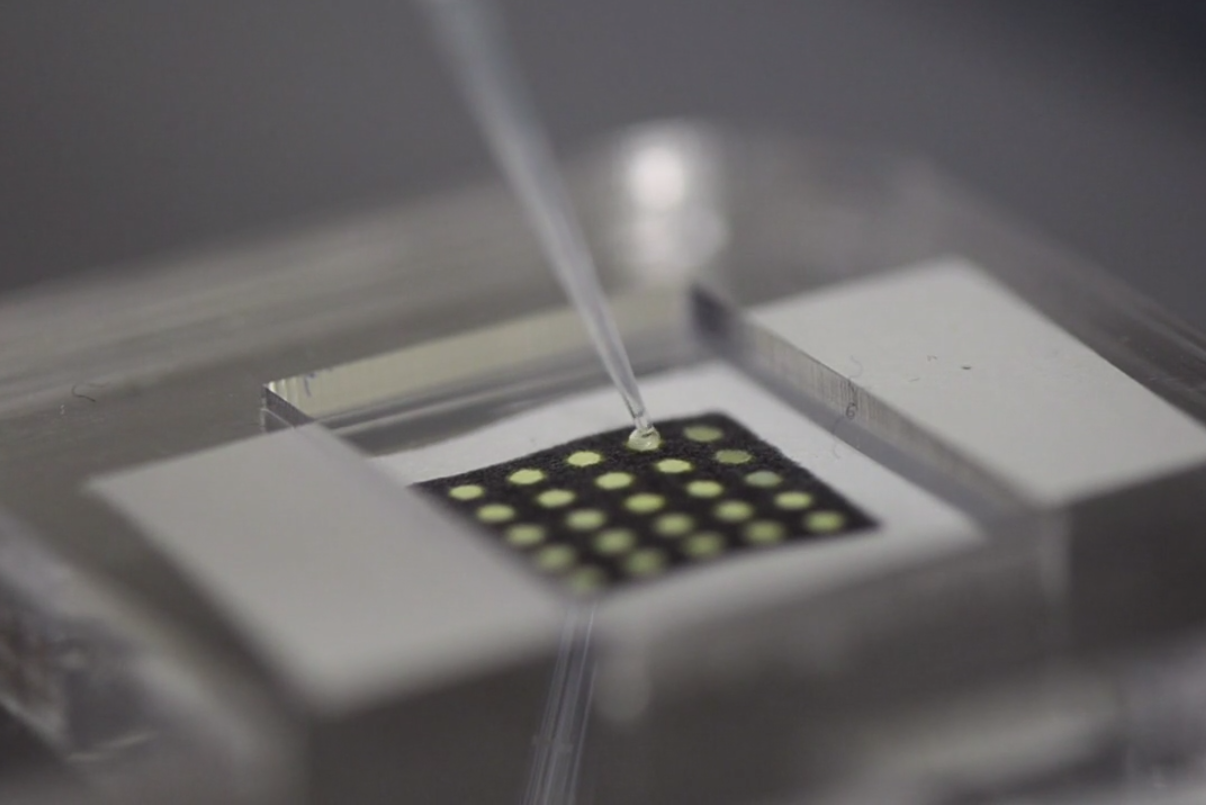Detecting Ebola with a Piece of Paper

Researchers at the Wyss Institute at Harvard have developed a medical diagnostic tool based on a small slip of paper. Utilizing a genetic engineering tool known as a “toehold switch”, sensitive and accurate testing can be done for Ebola and antibiotic resistant bacteria.
Genetic sequences are printed on paper and freeze-dried for storage. Re-activation occurs when the sample solution is applied. In the case of Ebola,engineered genetic sequences known as a toehold switch were used. A toehold switch is an engineered hairpin RNA that contains a complementary genetic sequence to the virus being tested. If the Ebola virus is present in the sample solution, the viral genome will interact with the hairpin RNA embedded on the paper to express an enzyme. This, in turn, will produce a color change indicative of a positive test. The process only takes 30 – 60 minutes.
Wyss Institute Post-Doctoral Fellow Alex Green, PhD co-developed the toehold switch. It was initially designed to control gene expression in living cells. However, Dr. Green believed it could be applied to a paper-based diagnostic test and he sought to collaborate with another Wyss Institute Post-Doctoral Fellow, Keith Pardee, PhD because of his work on the paper-based test. They decided to use Ebola to test the novel medical diagnostic platform. Not only was Ebola detected, the test was sensitive enough to detect the differences between two different strains of the disease.
Although it might take some time before these tests are used routinely, the sensors are sure to be of interest for reasons other than sensitivity and accuracy. The paper slips are easy to store due to their size and year-long shelf life at room temperature. In addition to ease of storage, manufacturing costs are estimated to be rather inexpensive at 2 to 4 cents per slip.
